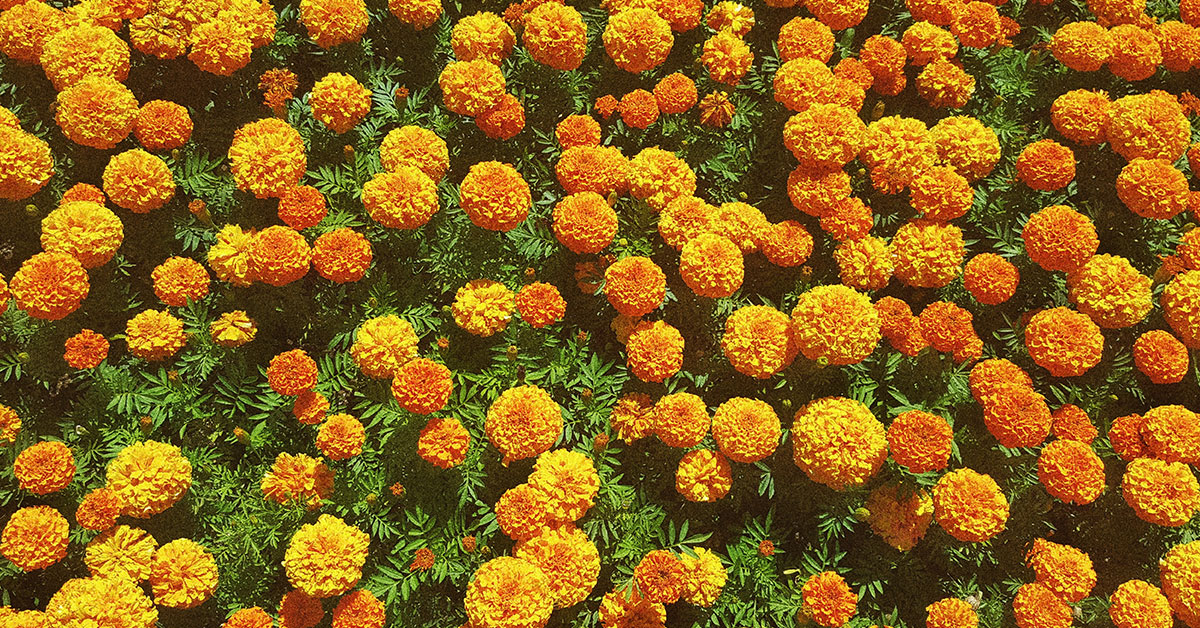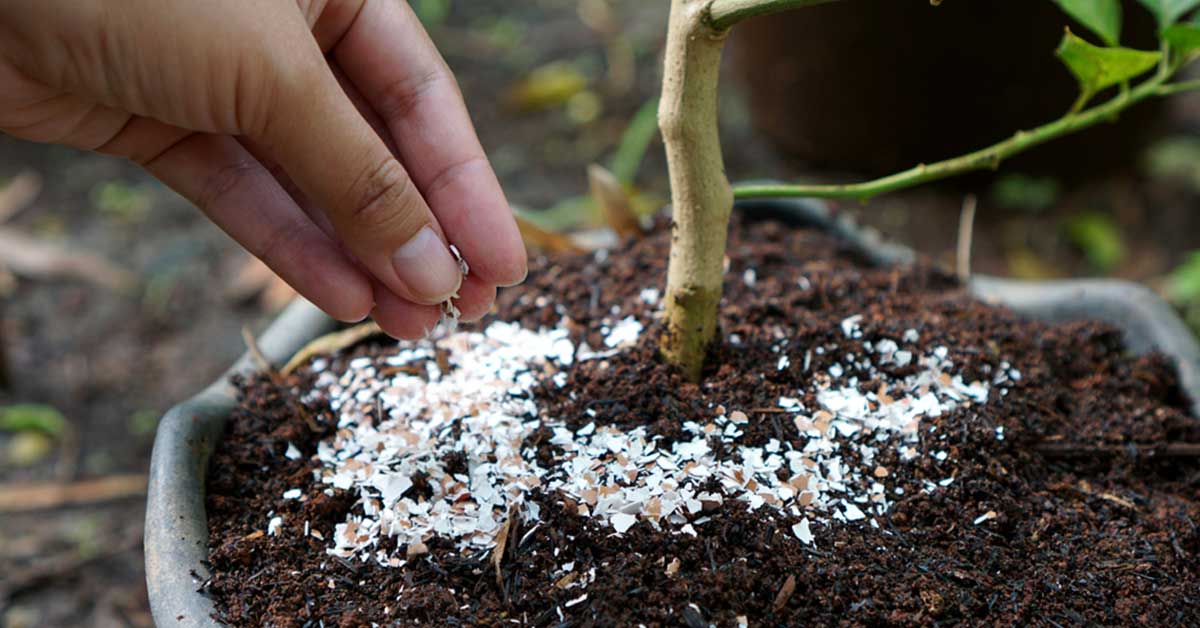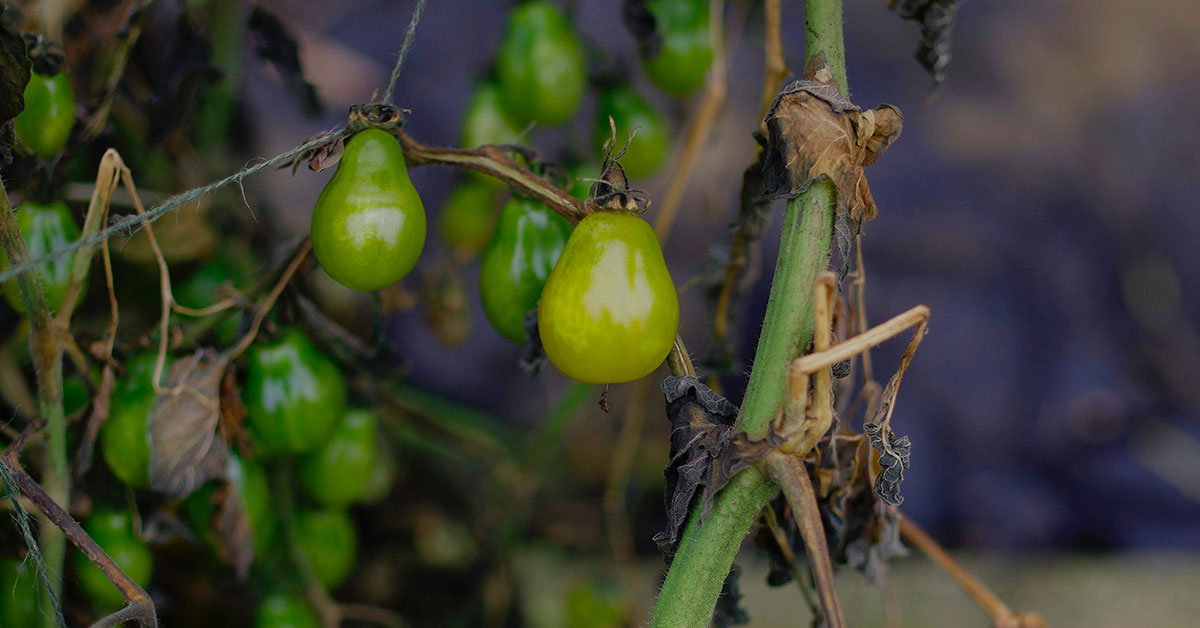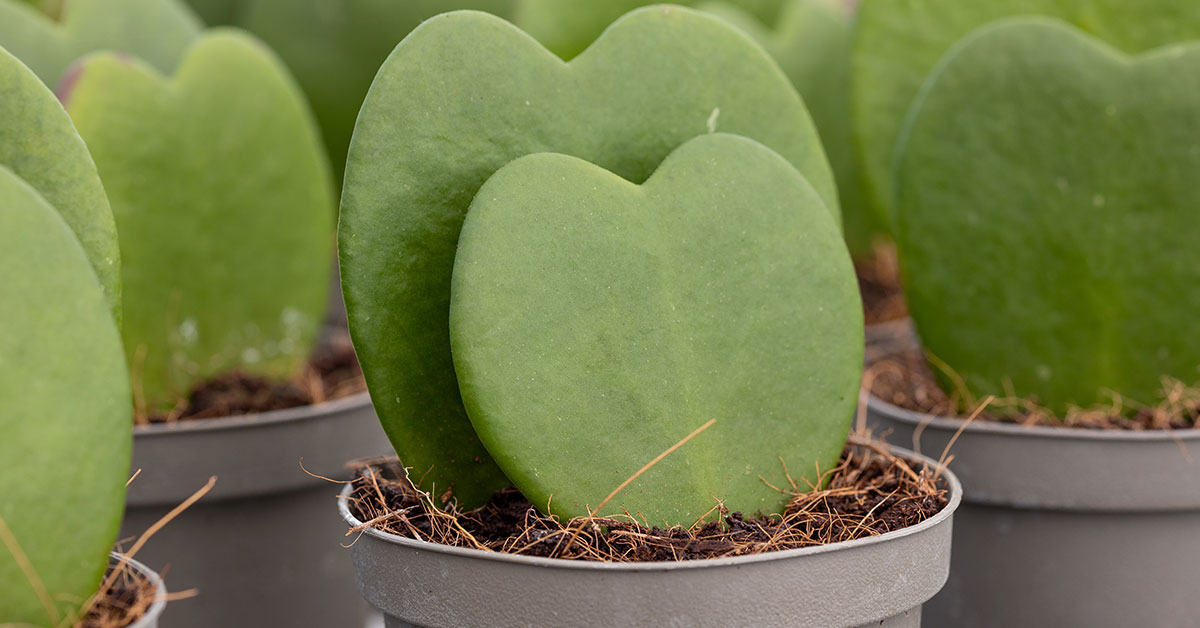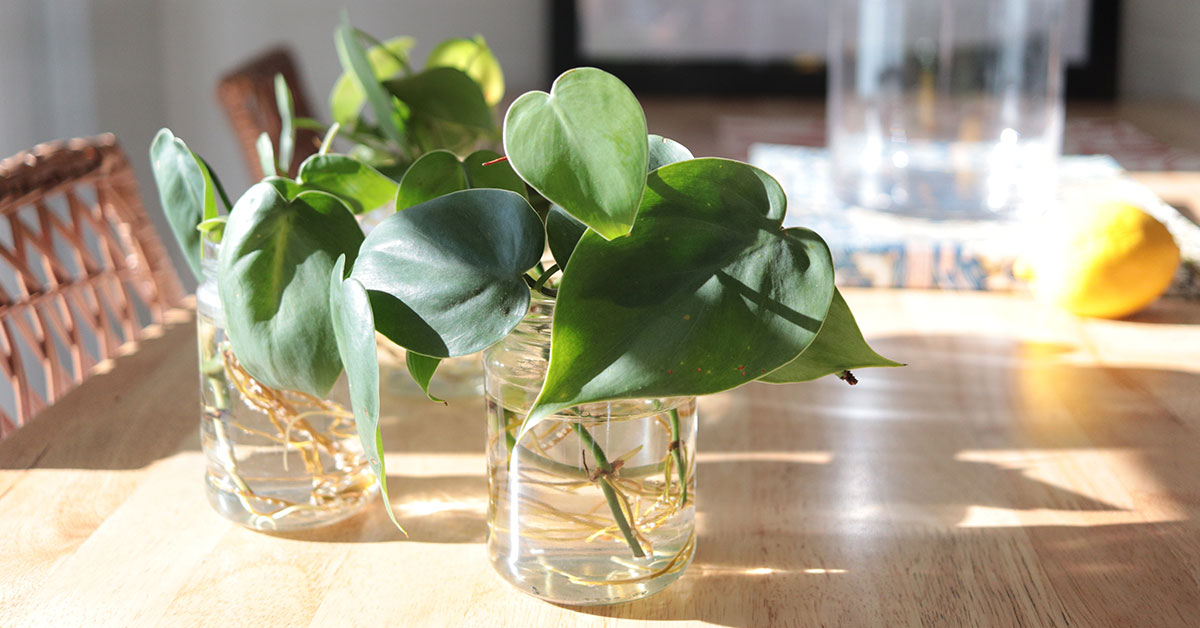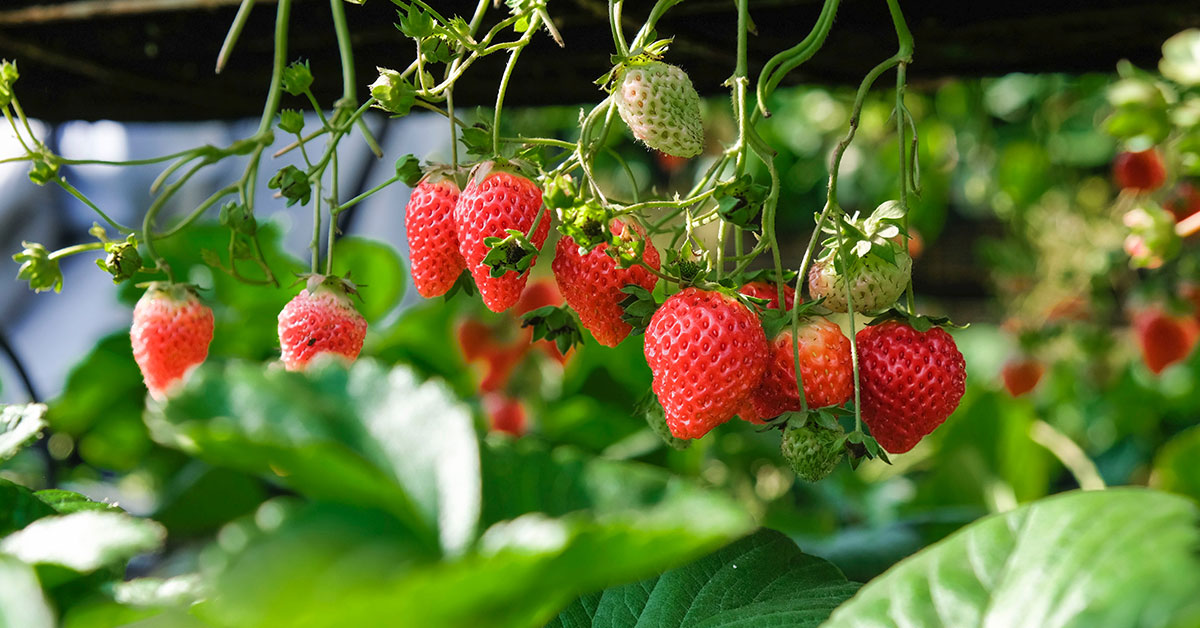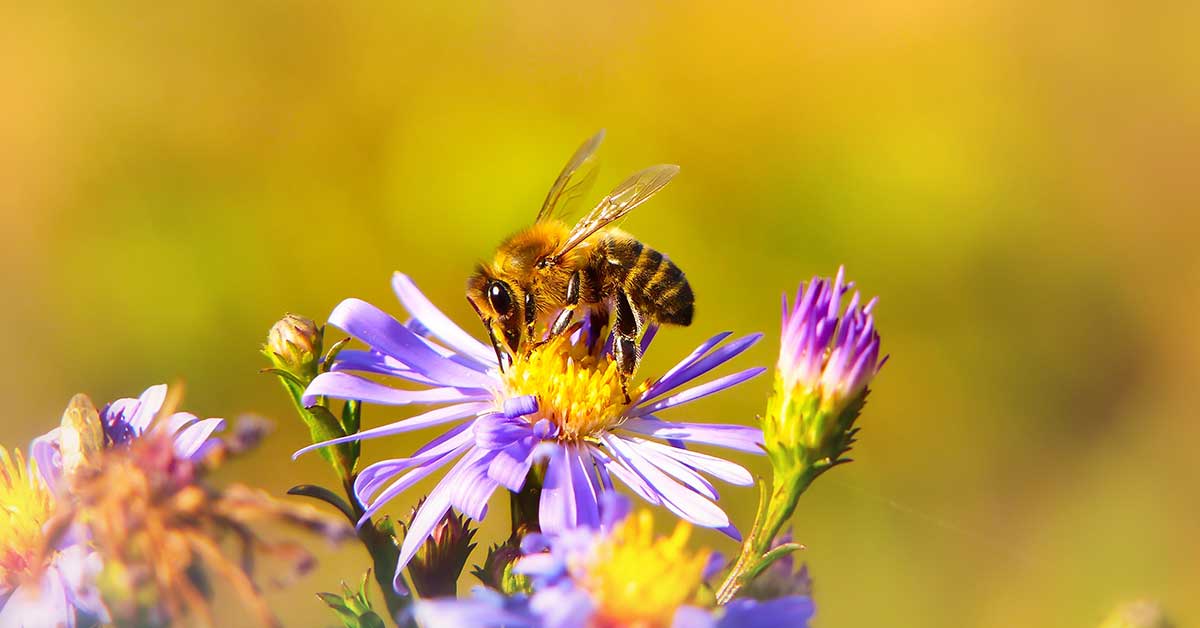Gardening is a joy that brings beauty, tranquility, and a sense of accomplishment. However, it’s important to be aware that some of the flowers we cherish might be carriers of plant diseases. These diseases can spread quickly, causing significant damage to your garden. Understanding which flowers are prone to certain diseases and taking preventative measures can help maintain a healthy and vibrant garden.
In this article, we’ll go over 12 flowers that could be spreading plant diseases in your garden. By learning about these flowers and the diseases they can carry, you can take steps to protect your garden and ensure it remains a flourishing sanctuary. Let’s dive into the details and discover how to keep your garden disease-free!
Dahlias
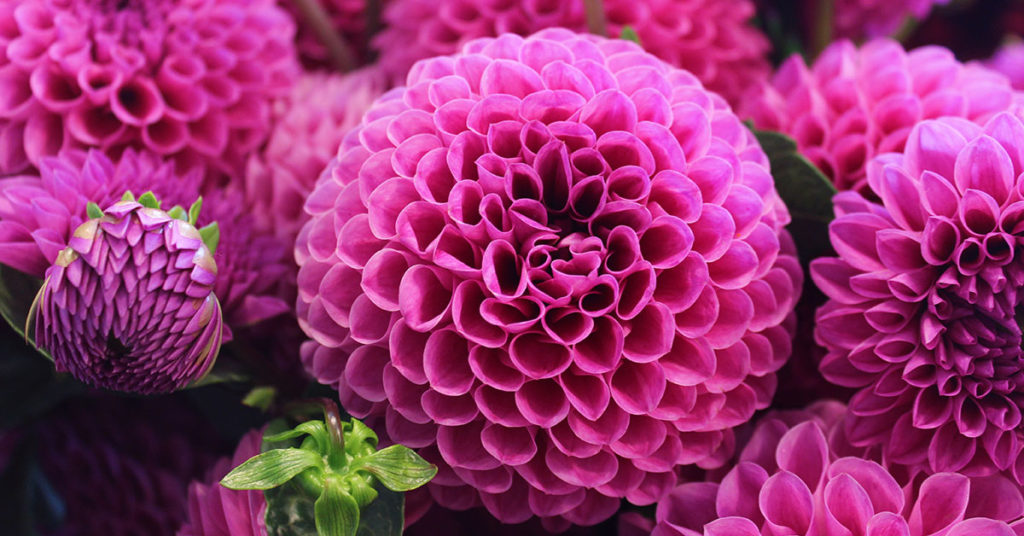
Dahlias, with their vibrant colors and intricate blooms, are a gardener’s delight. However, they can be susceptible to diseases such as powdery mildew and dahlia mosaic virus. Powdery mildew presents as a white, powdery substance on the leaves, leading to weakened plants and reduced blooms. Dahlia mosaic virus causes mottled leaves and stunted growth, impacting the overall health of the plant.
To manage these diseases, ensure your dahlias are planted in well-drained soil and receive adequate sunlight. Avoid overhead watering and provide good air circulation around the plants. If you notice infected leaves, remove them promptly to prevent the spread of disease. Using disease-resistant varieties can also be a proactive approach.
Petunias
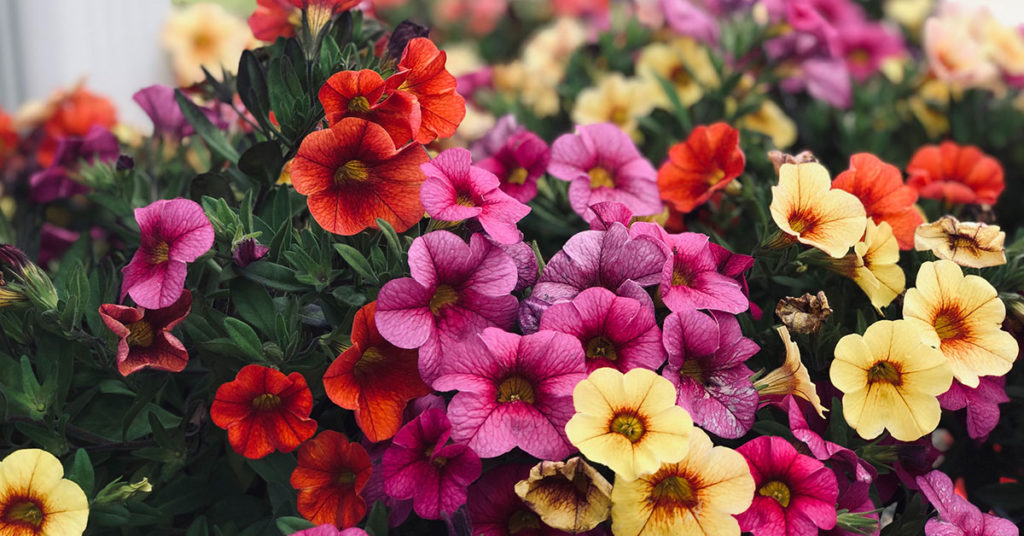
Petunias are beloved for their bright, cheerful blooms, but they can harbor diseases like botrytis blight and petunia vein clearing virus. Botrytis blight, or gray mold, causes brown spots on flowers and leaves, eventually leading to a fuzzy gray mold. Petunia vein clearing virus results in yellowing and clearing of veins on the leaves, reducing plant vigor.
To prevent these issues, plant petunias in well-drained soil and avoid overcrowding. Regularly inspect your plants for signs of disease and remove affected parts. Watering at the base of the plants can help keep the foliage dry and reduce the risk of infection. Consider using fungicides if necessary to control severe outbreaks.
Marigolds
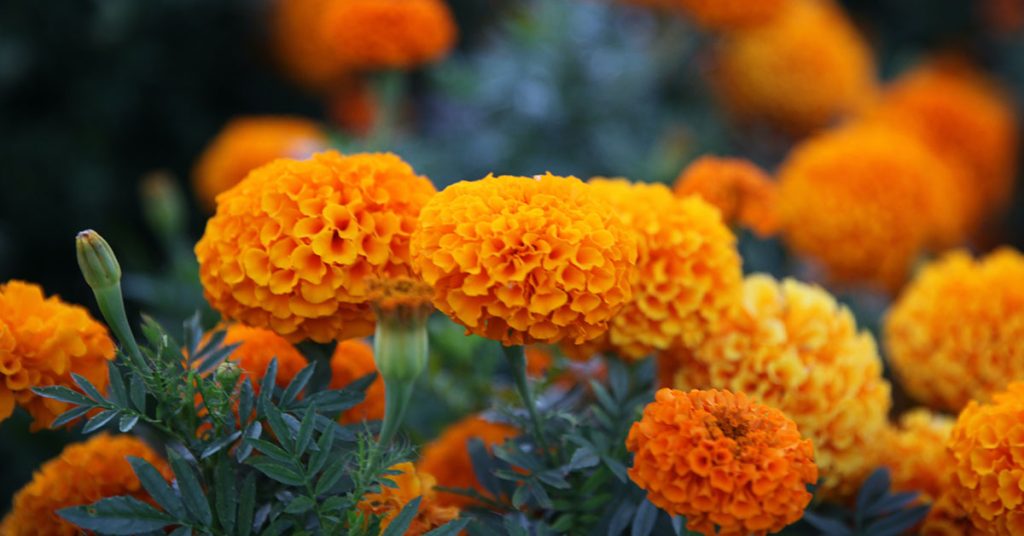
Marigolds are popular for their pest-repelling properties and vibrant colors. However, they can fall prey to diseases such as powdery mildew and root rot. Powdery mildew appears as a white coating on leaves, while root rot leads to brown, mushy roots, causing plant decline.
To keep your marigolds healthy, plant them in well-drained soil and avoid excessive watering. Ensure good air circulation around the plants and remove any infected parts. Using disease-free seeds and practicing crop rotation can also help reduce the risk of infection.
Snapdragons
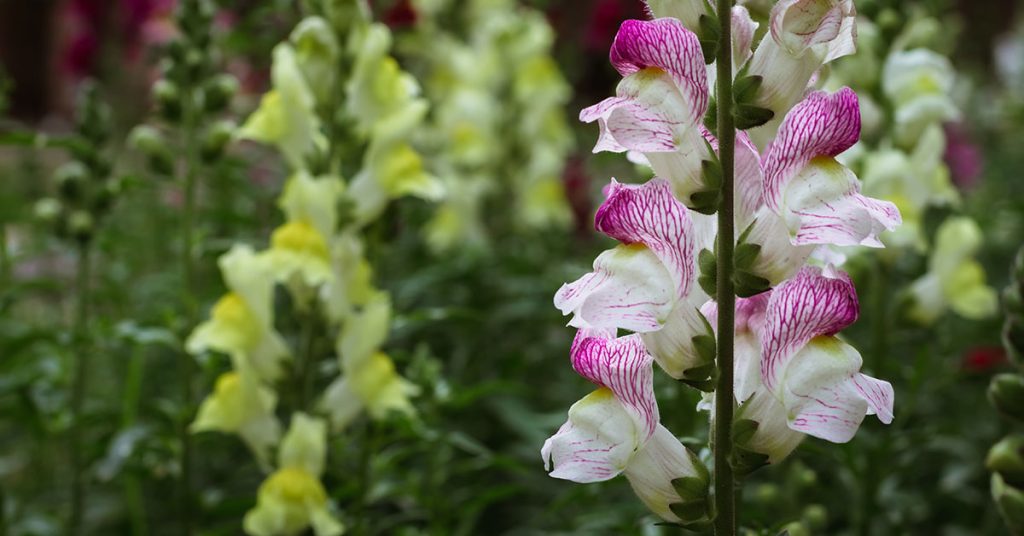
Snapdragons add height and color to garden borders but can be affected by rust and anthracnose. Rust presents as orange pustules on leaves and stems, while anthracnose causes dark, sunken lesions on leaves and stems, leading to plant decline.
To manage these diseases, plant snapdragons in well-drained soil and ensure good air circulation. Water at the base of the plants to keep foliage dry and remove any infected parts. Applying fungicides can help control severe outbreaks, and using resistant varieties can reduce the risk of infection.
Lilies
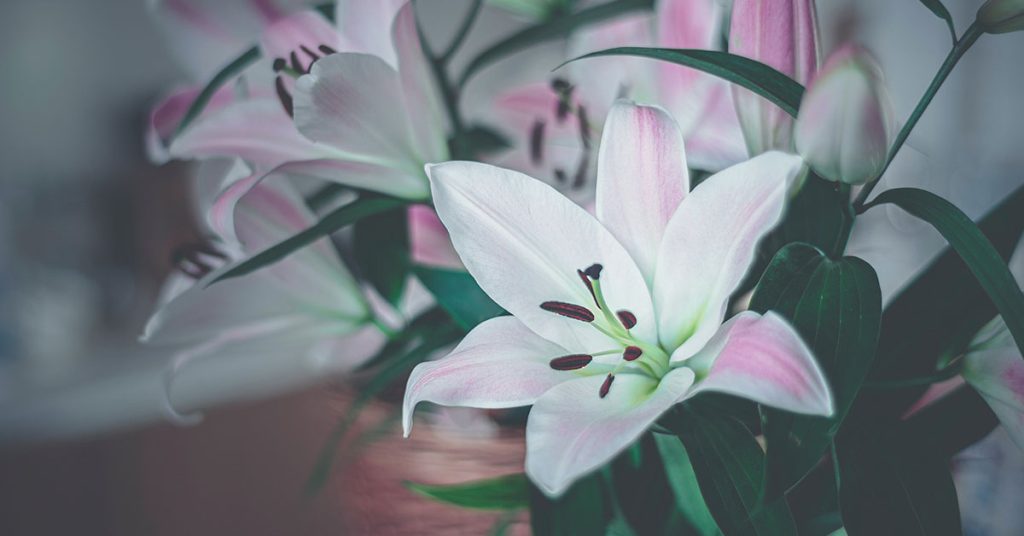
Lilies are elegant and fragrant flowers that can brighten up any garden. However, they are prone to diseases such as lily mosaic virus and botrytis blight. The lily mosaic virus causes mottling and streaking on the leaves and flowers, reducing the plant’s vigor and bloom quality. Botrytis blight, also known as gray mold, creates brown spots on leaves and flowers, leading to a fuzzy gray growth.
To prevent these diseases, purchase virus-free bulbs and plant lilies in well-drained soil. Ensure proper spacing to improve air circulation and avoid overhead watering. If you notice any infected plants, remove and dispose of them immediately to prevent the spread of disease.
Geraniums

Geraniums are known for their vibrant blooms and ease of care, but they can be vulnerable to bacterial blight and root rot. Bacterial blight causes water-soaked lesions on leaves and stems, leading to wilting and plant decline. Root rot results in brown, mushy roots and can kill the plant if not addressed.
To prevent these diseases, plant geraniums in well-drained soil and avoid overwatering. Ensure good air circulation around the plants and remove any infected parts promptly. Using disease-free plants and practicing crop rotation can help reduce the risk of infection.
Zinnias
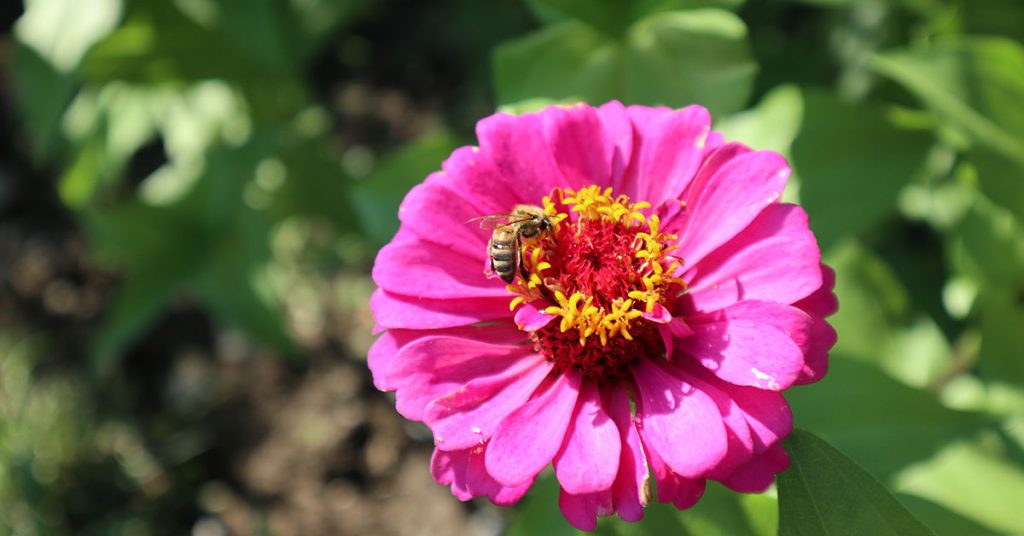
Zinnias are cherished for their bright, daisy-like flowers that bring joy to any garden. However, they are prone to powdery mildew and bacterial leaf spot. Powdery mildew appears as a white, powdery coating on leaves, while bacterial leaf spot causes dark, water-soaked lesions that can turn brown and spread.
To prevent these diseases, plant zinnias in a sunny location with good air circulation and avoid overhead watering. Space plants adequately and remove any infected leaves promptly. Using resistant varieties and rotating crops can also help reduce the risk of disease.
Bluebells
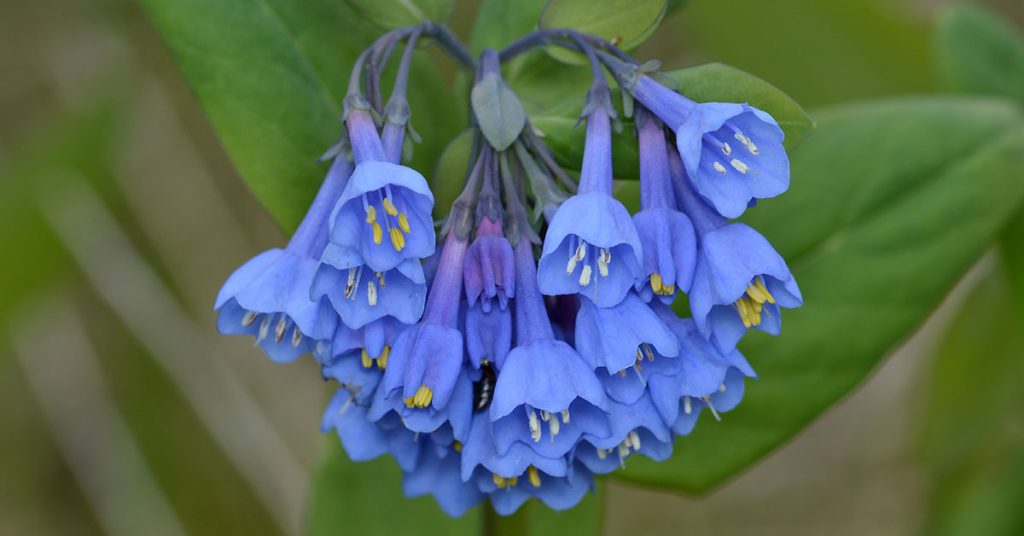
Bluebells, with their enchanting blue flowers, are a delight in any garden. However, they can be susceptible to diseases like rust and smut. Rust appears as orange or yellow pustules on leaves, while smut causes black, sooty growth on flowers and foliage.
To manage these diseases, ensure bluebells are planted in well-drained soil and provide good air circulation. Avoid overhead watering and remove any infected plant parts promptly. Regularly inspect your plants and use fungicides if necessary to control severe infections.
Impatiens
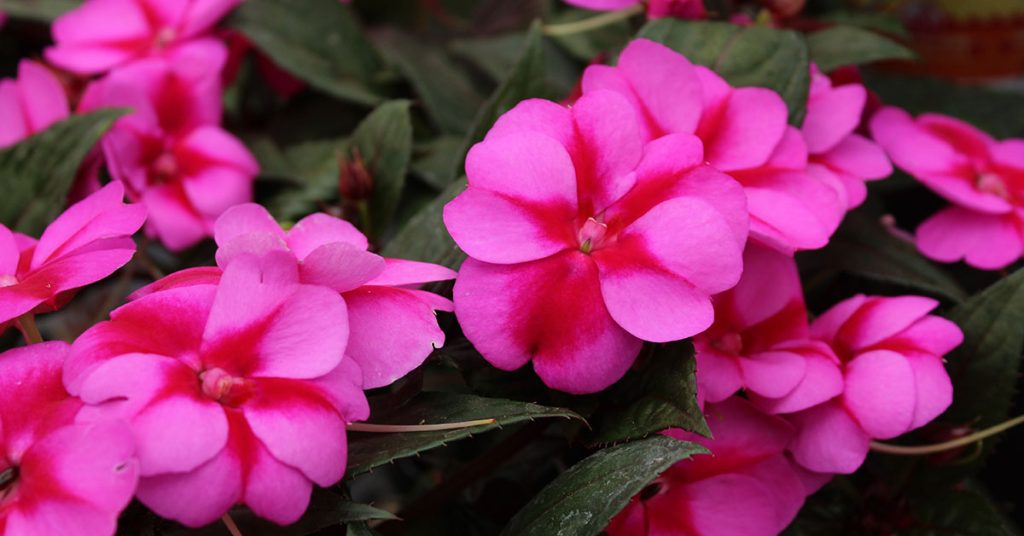
Impatiens are shade-loving plants known for their colorful blooms. However, they can be affected by downy mildew and impatiens necrotic spot virus. Downy mildew causes yellowing leaves and white, downy growth on the undersides of leaves, leading to defoliation. The impatiens necrotic spot virus results in dark rings and spots on leaves, causing plant decline.
To manage these diseases, ensure proper spacing and avoid overhead watering. Remove and destroy infected plants to prevent the spread of disease. Consider planting resistant varieties or alternative shade-loving plants to reduce the risk of downy mildew.
Roses
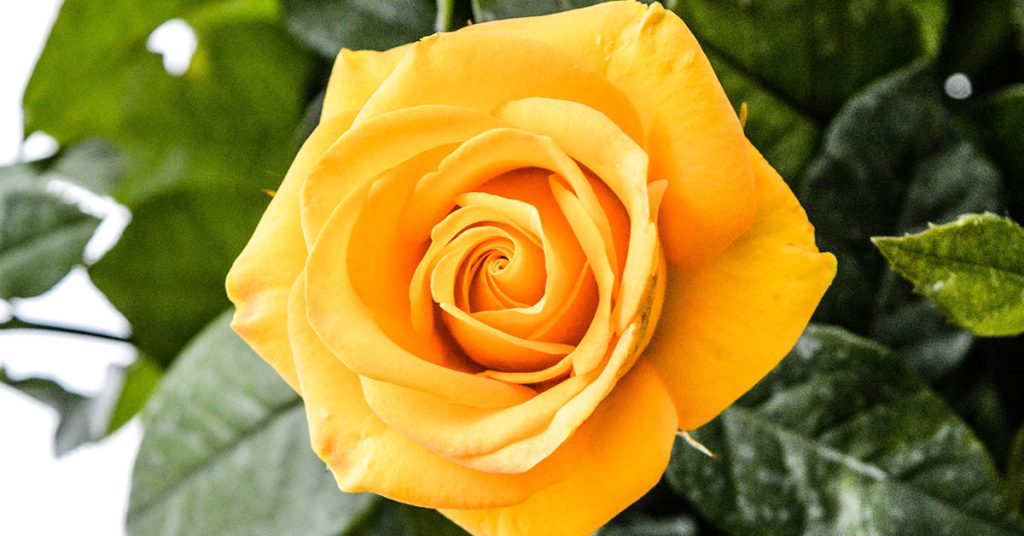
Roses, with their stunning blooms and delightful fragrance, are highly susceptible to several plant diseases, including black spot, powdery mildew, and rust. Black spot causes black spots on leaves, leading to defoliation and weakened plants. Powdery mildew appears as a white powdery coating on leaves, while rust creates orange pustules on the undersides of leaves.
To manage these diseases, ensure good air circulation around your rose plants by proper spacing and pruning. Regularly inspect your roses for signs of disease and remove any affected leaves. Applying fungicides can help control severe outbreaks, but preventive measures like proper watering and avoiding overhead irrigation are crucial!
Pansies
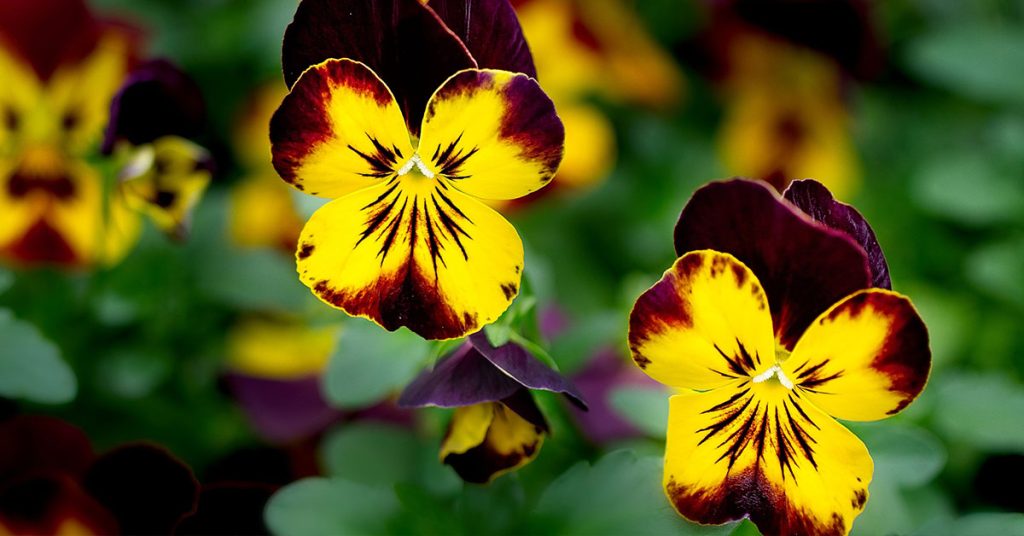
Pansies, with their cheerful, colorful blooms, can fall victim to downy mildew and root rot. Downy mildew causes yellowing leaves and white, downy growth on the undersides, while root rot results in brown, mushy roots and plant decline.
To prevent these diseases, plant pansies in well-drained soil and avoid overcrowding. Water the plants at the base to keep foliage dry and remove any infected parts promptly. Using resistant varieties and practicing crop rotation can help reduce the risk of infection.
Begonias
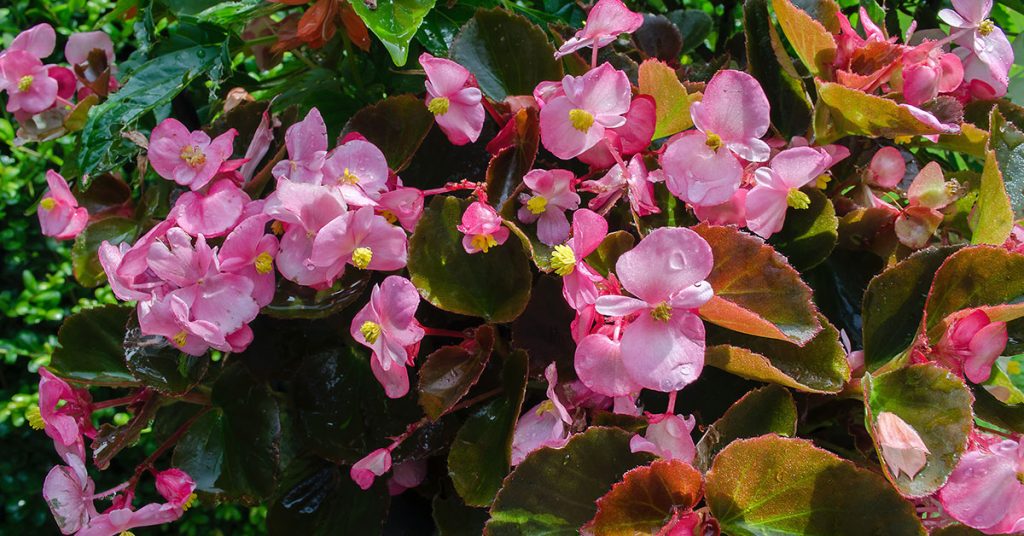
Begonias are versatile plants known for their beautiful flowers and foliage. However, they can be susceptible to powdery mildew and botrytis blight. Powdery mildew appears as a white, powdery coating on leaves, while botrytis blight causes brown spots on leaves and flowers, leading to a fuzzy gray mold.
To manage these diseases, plant begonias in well-drained soil and avoid overhead watering. Ensure good air circulation and remove any infected plant parts. Applying fungicides can help control severe outbreaks, and using resistant varieties can reduce the risk of infection.
